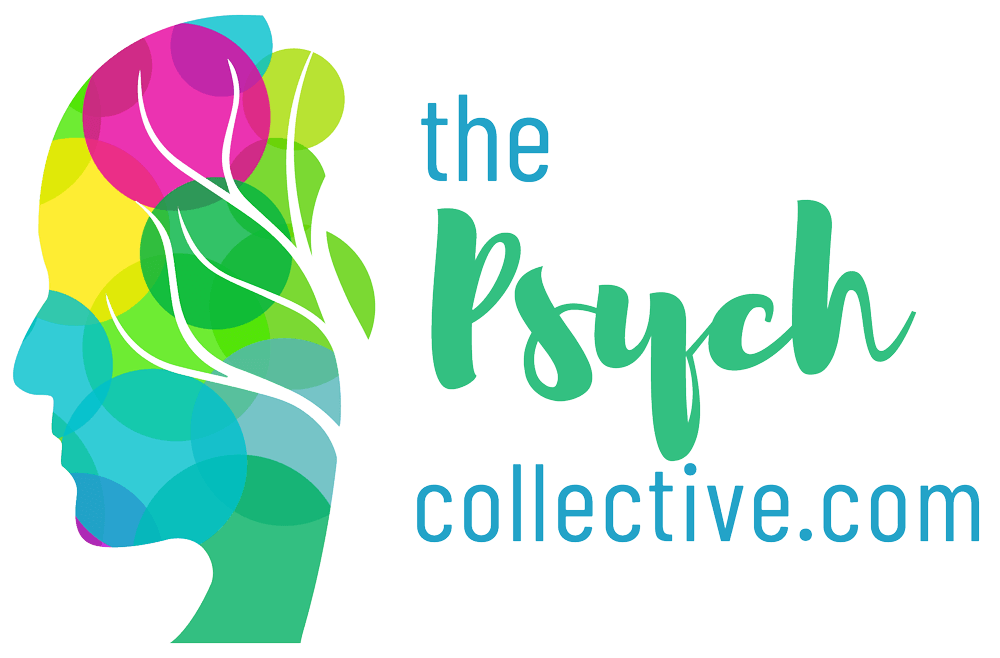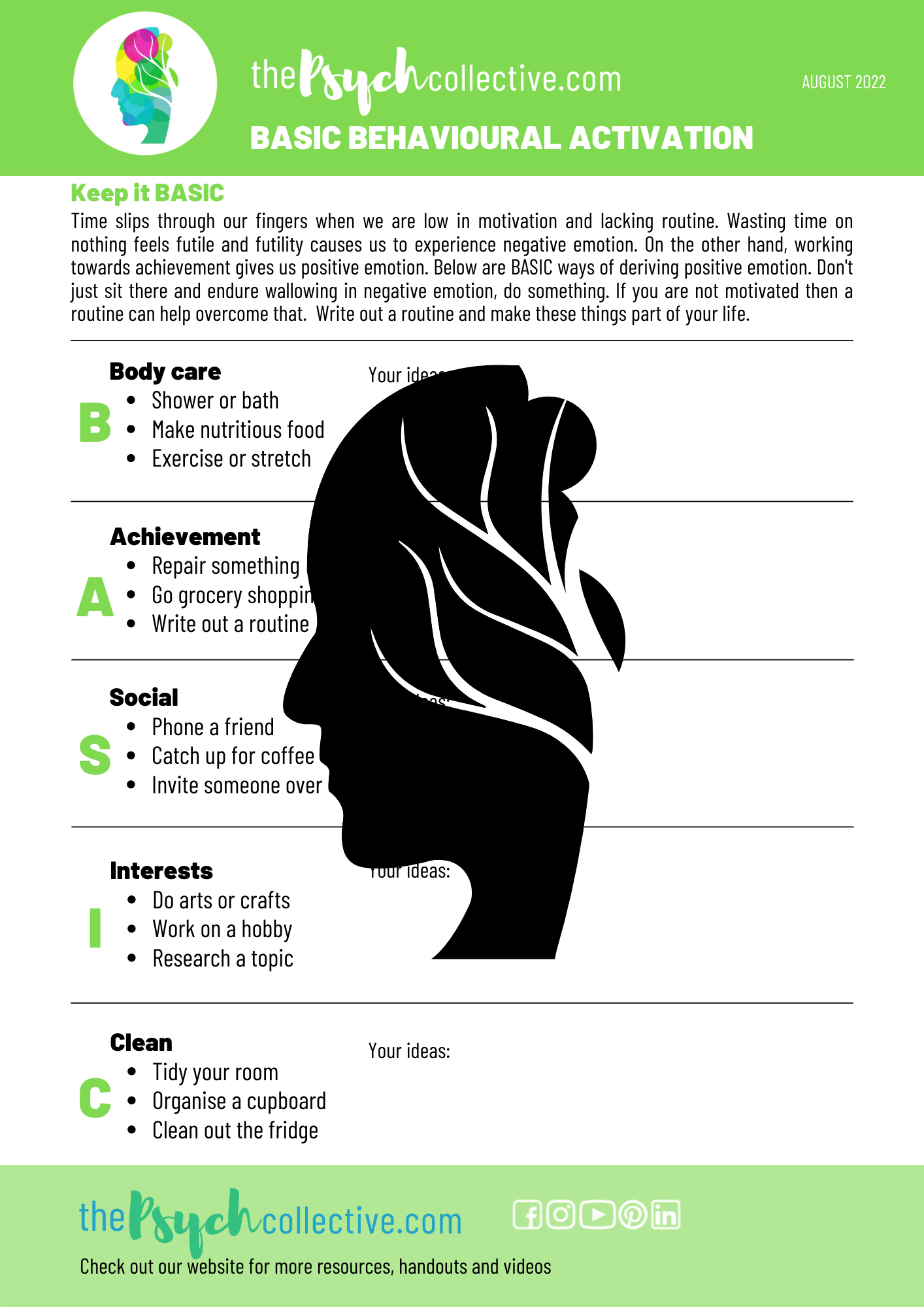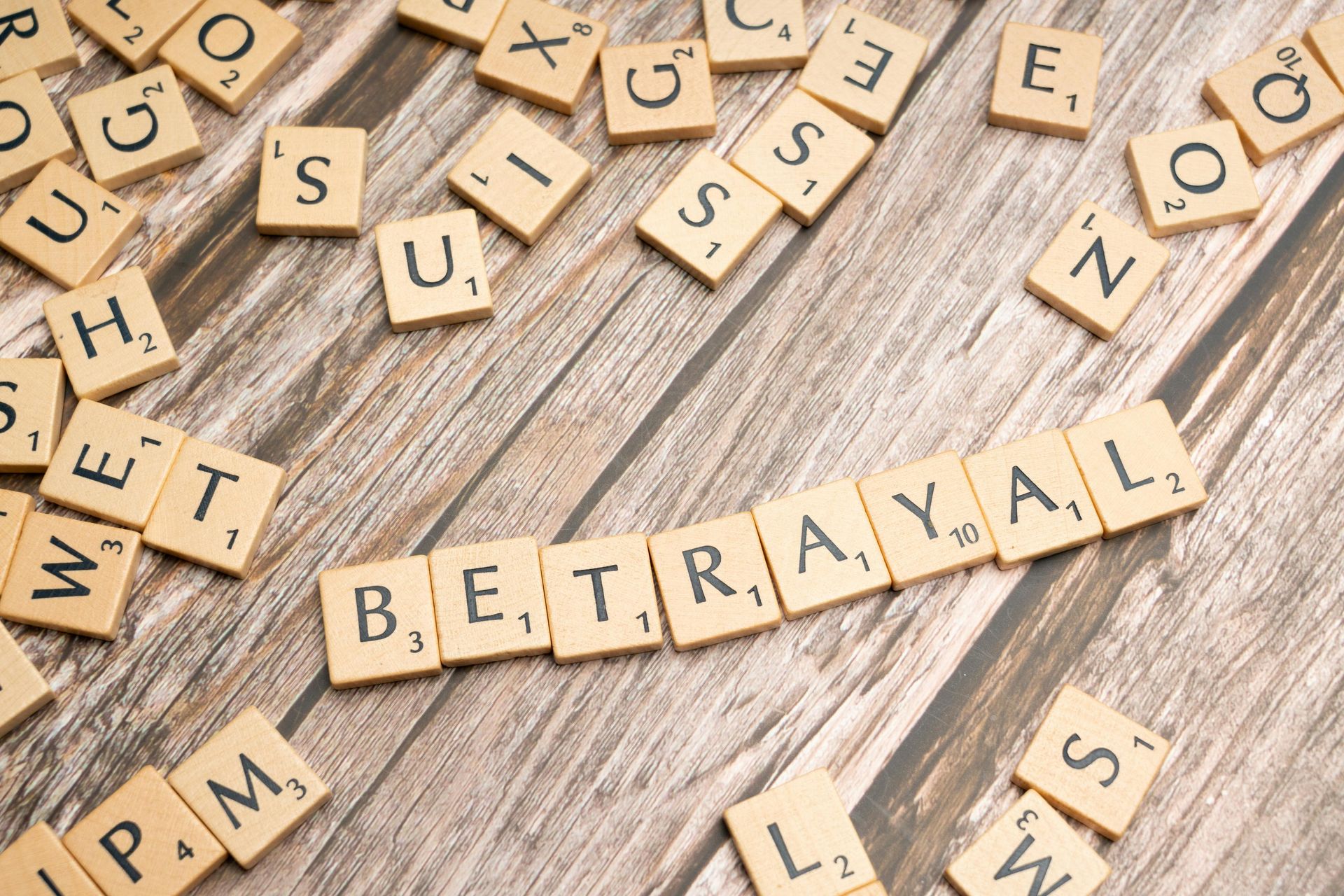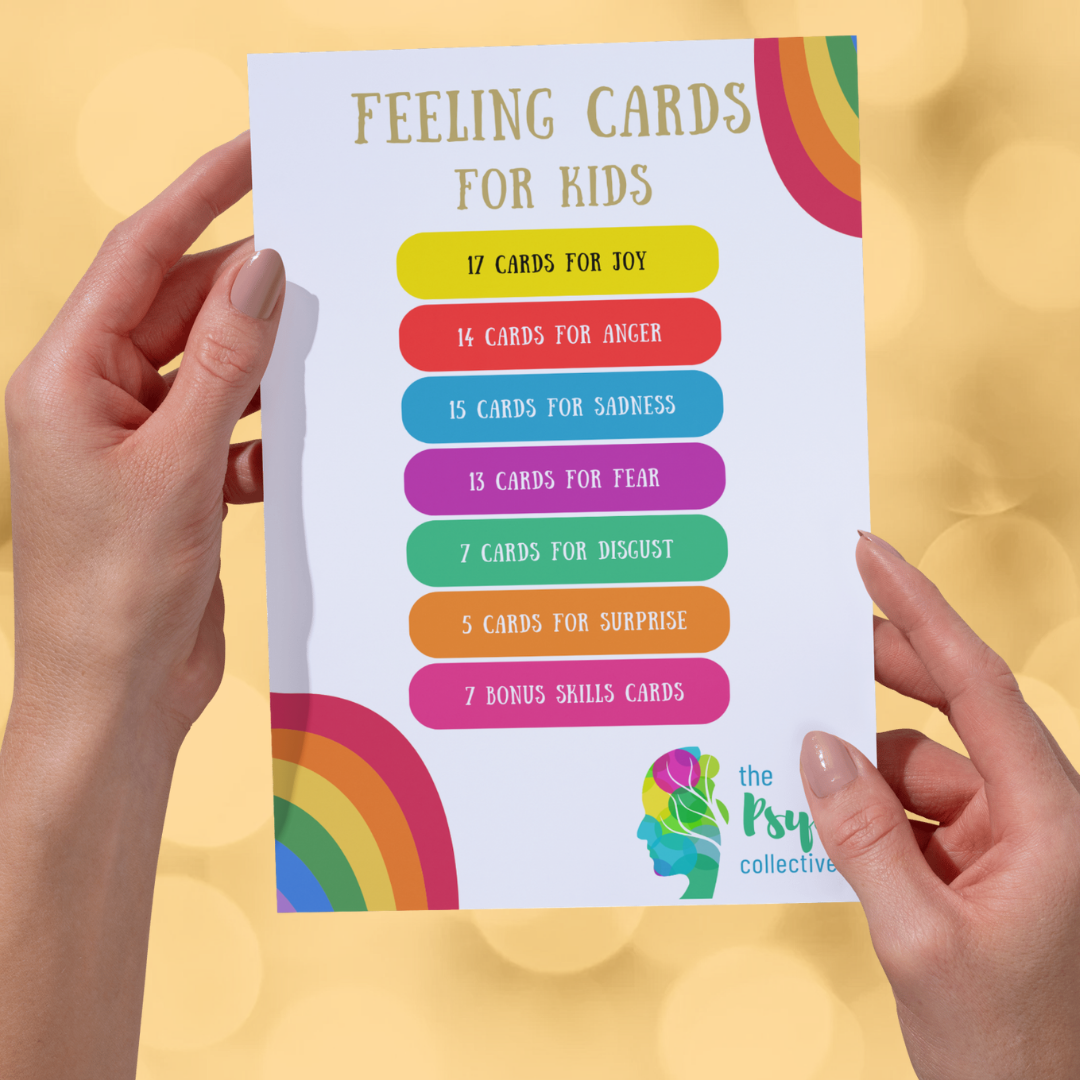How do you start behavioural activation?
How do you get started when all you want to do is crash?
Behavioural activation is one of the most effective ways of overcoming anergia that occurs with depression. It involves setting clear goals for completing tasks, regardless of what mood you're in. Yet many people find this challenging because of mood dependence, which is where you allow your mood to dictate your choices.
Consider this:
You wake up in the morning and feel lousy. You're still tired, you're thinking it's going to be another miserable day and you just can't bring yourself to face it. So what do you do? Stay in bed? Imagine if you did. How would you feel at the end of the day? What would you be telling yourself? Probably something like "I've spent the whole day in bed and achieve nothing. Now I feel worse."
Consider this instead:
You wake up in the morning and feel lousy. You're still tired and you're worried it could be another miserable day. However you decide that you will get up and try to at least achieve something. Doesn't have to be big, just stick the the BASICs. You get up and have a shower. You put on clean clothes and brush your teeth. Then you manage to make toast. Maybe even some eggs. You're starting to feel slightly human. You open the curtains and eat breakfast near a window. Now you've started your day.
When you are struggling with anergia (lack of energy) then you need to keep it simple. We have developed a framework to help you covers the BASICs.
BASIC
Body care: Maintain basic hygiene. Shower and brush your teeth. If that's too hard, gargle Listerine and use baby wipes. Just commit to doing something. Feed yourself and move your body.
Achievement: Get something done. Go grocery shopping or order online. Respond to emails. Book appointments. Fix or repair something.
Social: Call someone. Go out for coffee. Meet a friend for a walk. Invite someone over.
Interests: Do something you like or at least used to enjoy. Try some craft, colouring in, work on a hobby. Research something you're interested in. Watch more of us on YouTube!!
Clean: Tidy your space. Load the dishwasher or the washing machine. Pick up the 'floordrobe'. Clean out the fridge.
This framework is to help you get started because motivation comes after activity, not before it. Once you can get the ball rolling, you'll find it easier to get to other tasks. But on the hard days, just keep it BASIC.
Ready to plan your own ideas? Download the handout from our Resources page.
Share
Categories
About Our Resources
We offer actionable resources and teach real skills to help people make meaningful change in managing mental health issues through different modes depending on people's learning preferences including infographics, text, worksheets, handouts and video.
